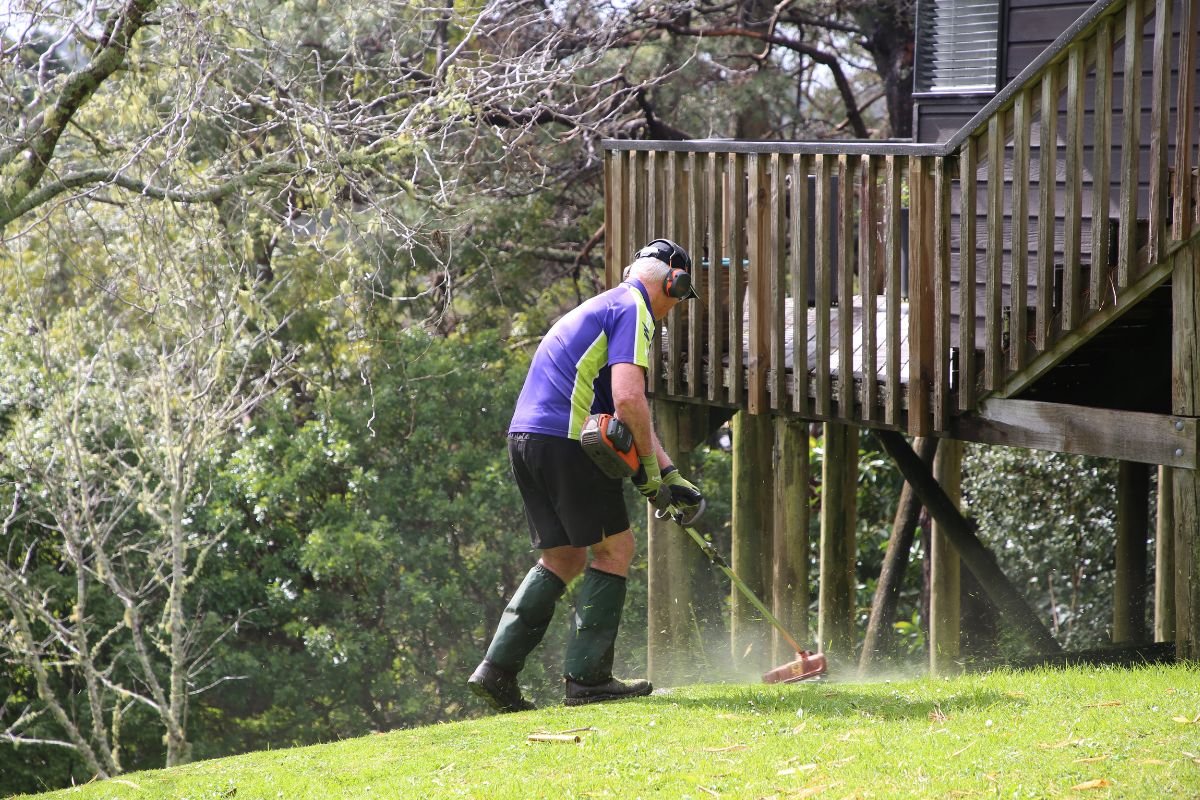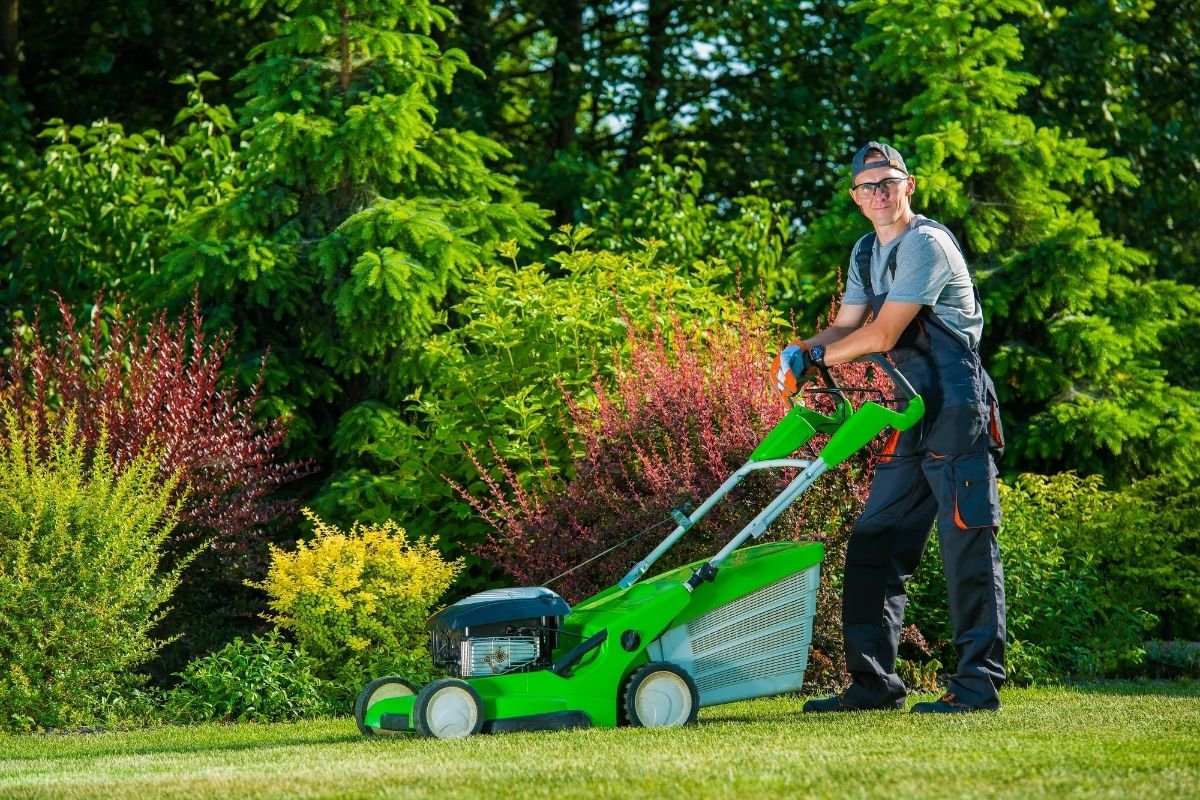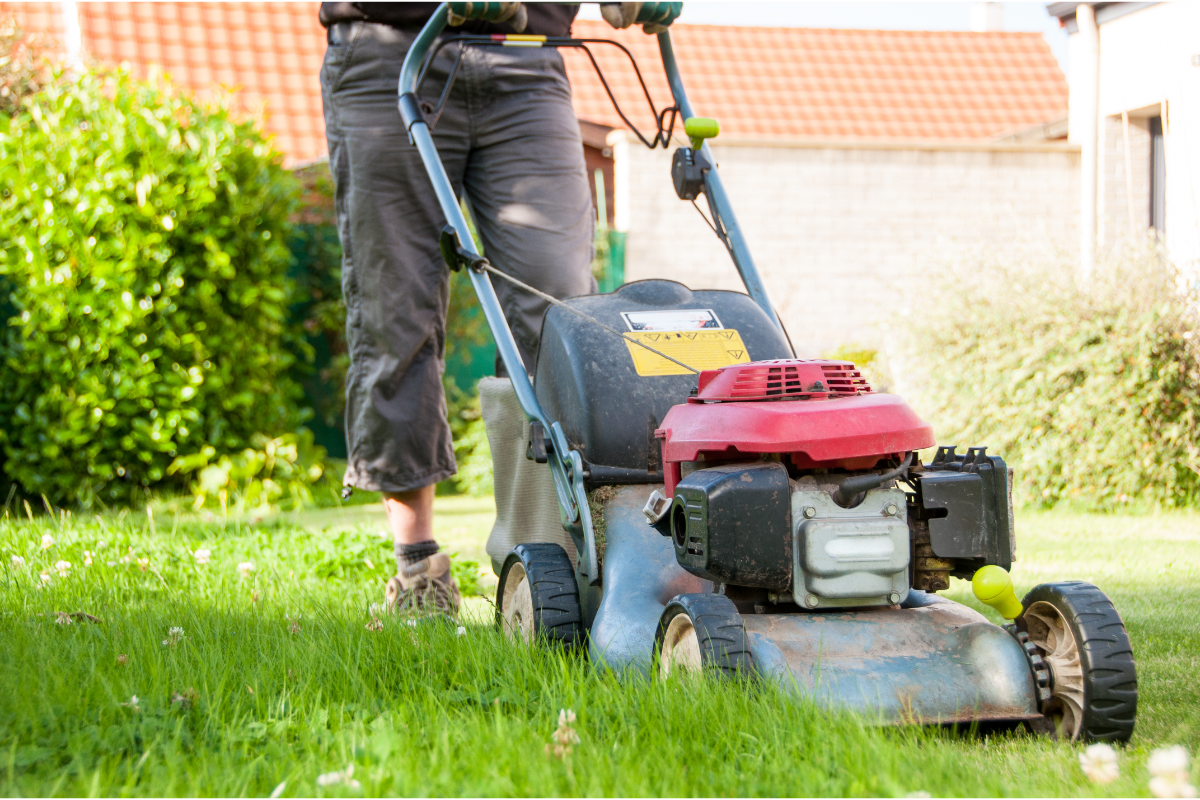If you’ve always been quite proud of your lawns, then you’ve likely spent a lot of time maintaining them with activities like lawn mowing, weed eating, and de-thatching. While such tasks can keep your grass looking like the picture of perfection, that doesn’t mean it can’t succumb to troublesome lawn diseases that threaten to undo all your hard work.
If you believe you’ve encountered a lawn disease and need a helping hand combatting it, you’re in the right place. We’ve listed some of the most common lawn diseases in NZ and included helpful tips for taking care of them.
Brown Patch
Brown patch is perhaps one of the most common lawn diseases you’ll encounter in New Zealand, caused by the plant pathogenic fungus Rhizoctonia solani. Most turfgrass species can be at risk of this disease during the summer months, especially when the air is warm and humid and your soils are poor-draining. Homeowners who don’t de-thatch their lawns might also be at risk of brown patch.
Typically, you’ll notice brown patch on fine fescue lawns, which presents as circular patches of grass that take on a purplish hue before turning light brown. Sometimes, the grass will recover in the middle, which offers the appearance of a brown-tinged ring.
There is no overnight fix for brown patch, but it is a solvable problem. Apply a fungicide to your lawn and make de-thatching your grass in autumn a priority. If your soil has drainage issues, aeration might also assist with these.
Dollar Spot
Dollar spot gets its name from being a bald patch on turf grass around the size of a one-dollar coin. Many property owners in the North Island experience this issue, which can often be caused by plant leaves being wet for long periods – often in spring and autumn.
You might notice small, light patches of grass that eventually form large patches. Fortunately, these spots heal quickly, especially when you apply nitrogen-rich fertilisers followed by a fungicide if the fertiliser isn’t effective on its own.
Leaf Spot
Have you noticed that your grass is thinning out and possibly even browning? You might have a lawn disease called leaf spot. It’s also known as ‘melting out’ and looks like brown or black spots on grass blades that kill the grass above the roots.
Hot and humid weather can increase the chances of your lawn succumbing to this disease, but there are ways to reduce the risk and stop it in its tracks if it does arrive. Avoid cutting your grass too low and add nitrogen to your lawn if you notice any signs of leaf spot.
You might also see value in fungicides, but these tend to be more effective during the early stages of the disease.
Crown Rust
If you have ryegrass and the weather conditions in your region are mild and humid, be on the lookout for crown rust. This lawn disease tends to take hold from summer to autumn in mild, humid weather.
You might notice that your grass has taken on a rust colouring, and this is due to yellow or orange spores on the blades. Most commonly, this lawn disease affects grass being grown in low-fertility soils.
If you’re in the unfortunate position of having crown rust, you’ll be pleased to know it’s easy to correct. Apply a nitrogen-rich fertiliser just before or during rain, or water your lawn thoroughly after application.
Slime Moulds
Cooler weather conditions can wreak havoc on our properties, and our lawns often don’t make it through autumn and winter unscathed. Some people notice slime moulds on their lawns, particularly during long periods of dampness and where grass is growing in shaded areas.
Slime moulds look like eggs or crystal-like growths on the leaves, stems, or blades of grass. While they are often white and yellow, they can also be grey, orange, and other colours.
This type of lawn disease can appear and disappear without your intervention, but not everyone is happy for it to be there. If you’d like to see it gone, spray the affected area with a moss-killing product like LawnPro MossClear, which can kill moss, algal slime, and liverwort.
Red Thread
If you notice that your lawn has taken on a reddish-pink tinge during spring or autumn, it might be diseased with red thread. Red thread is a common fungal disease that mainly affects lawns with low nitrogen levels.
It can infect grass leaves, turn them red, then kill off patches of your lawn entirely. Sometimes, the problem can be further exacerbated by poor drainage, low cutting, and low soil fertility. Address these problems and treat the problem areas with a fungal control product.
Be Proactive With Lawn Diseases
No one likes to see their prized lawns succumb to problematic lawn diseases. Now that you’re aware of the most common ones to plague lawns in New Zealand, you might be in a much better position to identify and eradicate them.




















































